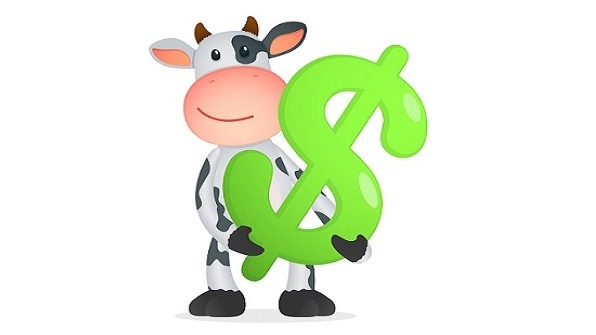
While cheese markets have been on a roller-coaster ride for the last couple of months, they’ve been strong enough to support Class III milk prices above $18 per hundredweight.
Stocks of American-style cheese were down 4% year over year in September and production was down 3%. Cheese exports were up 12% year over year in September and are up 3% for the year through September, Bob Cropp, dairy economist with the University of Wisconsin, said in the latest Dairy Situation and Outlook podcast.
Cash price for blocks and barrels on the Chicago Mercantile Exchange this fall had gotten up to well over $2 a pound, with barrels as high as $2.39 a pound, he said.
On Nov. 21 the CME cash price was $2.18 for barrels and $1.84 for blocks.
“So they’re weakening, but they’ve been strong up to here,” he said.
“As a result, I think we’re looking at a pretty nice Class III price for November … over 20 bucks,” he said.
The USDA announced Class III price for October was $18.72, after starting the year at $13.96.
Milk prices for 2019 should end up about $2.20 per hundredweight higher on average than last year’s average, Cropp said.
There’s been some contraction in the CME futures price for December, but futures prices have been holding up OK, Mark Stephenson, fellow dairy economist at the university, said.
Futures prices for Class III milk were in the $16 for the first quarter of 2020. Now they’ve gone to the $17s, and Cropp thinks prices will be even stronger than what the futures market or USDA are forecasting, he said.
“I look for demand for cheese to stay pretty good, and I actually look for exports to do a little better,” he said.
And he’s not expecting any surges in milk production, globally or in the U.S.
Milk cow numbers in the U.S. in October were up 5,000 head from September but were still down 40,000 head from October 2018. Milk production per cow was up 1.7% year over year, leading to a 1.3% increase in milk.
University extension agents across the country are reporting forage quality at average to poor and forage supplies at average to short, which will likely affect production per cow, Stephenson said.
“I just do not see milk production coming on strong with finances stressing farmers for expansion, feed quality and production per cow, replacement numbers and farmers still exiting,” Cropp said.
He’s expecting Class III milk prices in the strong $17s in the first half of the year and into the $18s in the second half.
Stephenson’s forecast is in the same ballpark and maybe even a little higher by the end of next year, he said.
“Certainly this is a good year, and next year is likely to be somewhat better,” he said.
Barring anything that would affect demand, “things look a lot rosier for 2020” than the past 4-1/2 years, Cropp said.

























